by Jack Mar 12,2025
For several generations, AMD has strived to compete with Nvidia at the high-end GPU market. However, with the AMD Radeon RX 9070 XT, AMD strategically targets the majority of gamers, rather than directly challenging the ultra-high-end RTX 5090. This focus has resulted in a truly exceptional graphics card.
Priced at $599, the AMD Radeon RX 9070 XT delivers performance comparable to the $749 GeForce RTX 5070 Ti. This alone makes it a top contender, but AMD further enhances its appeal with the introduction of FSR 4, bringing AI upscaling to its cards for the first time. This makes it an ideal choice for 4K gaming, especially for those unwilling to spend the $1999 on the RTX 5090.
The AMD Radeon RX 9070 XT launched March 6th, starting at $599. However, expect price variations from third-party vendors. Aim for a price under $699.
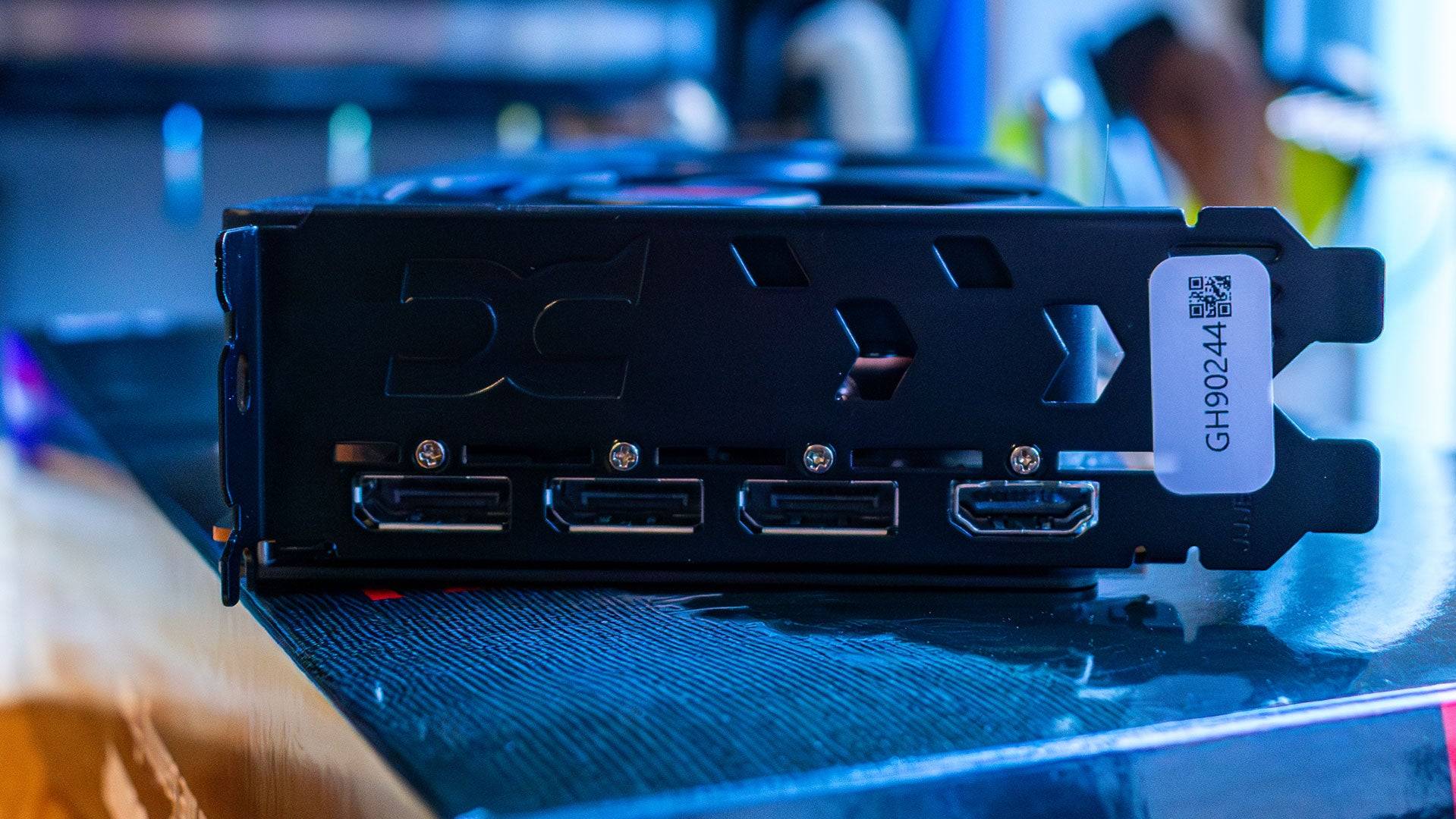

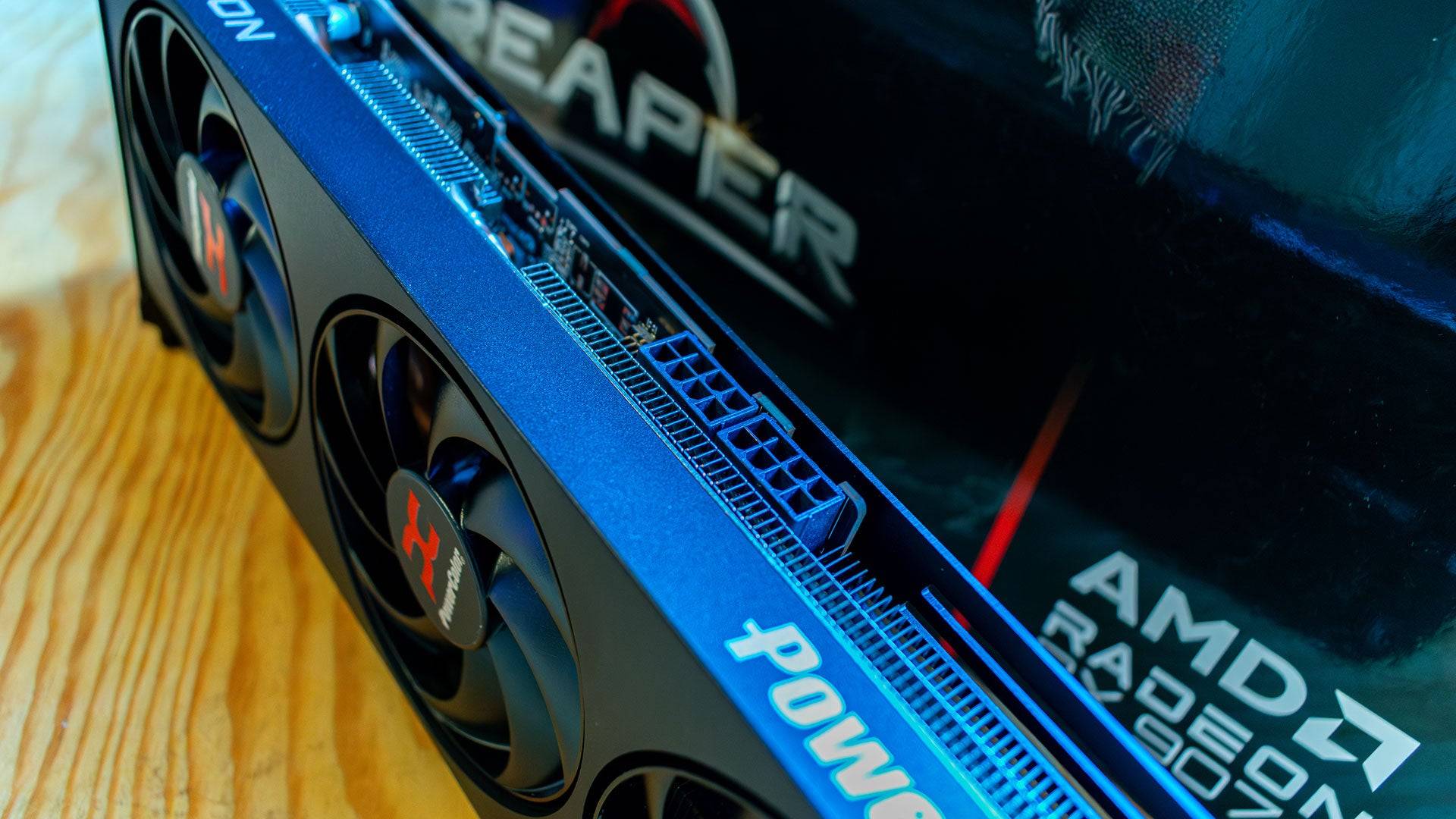
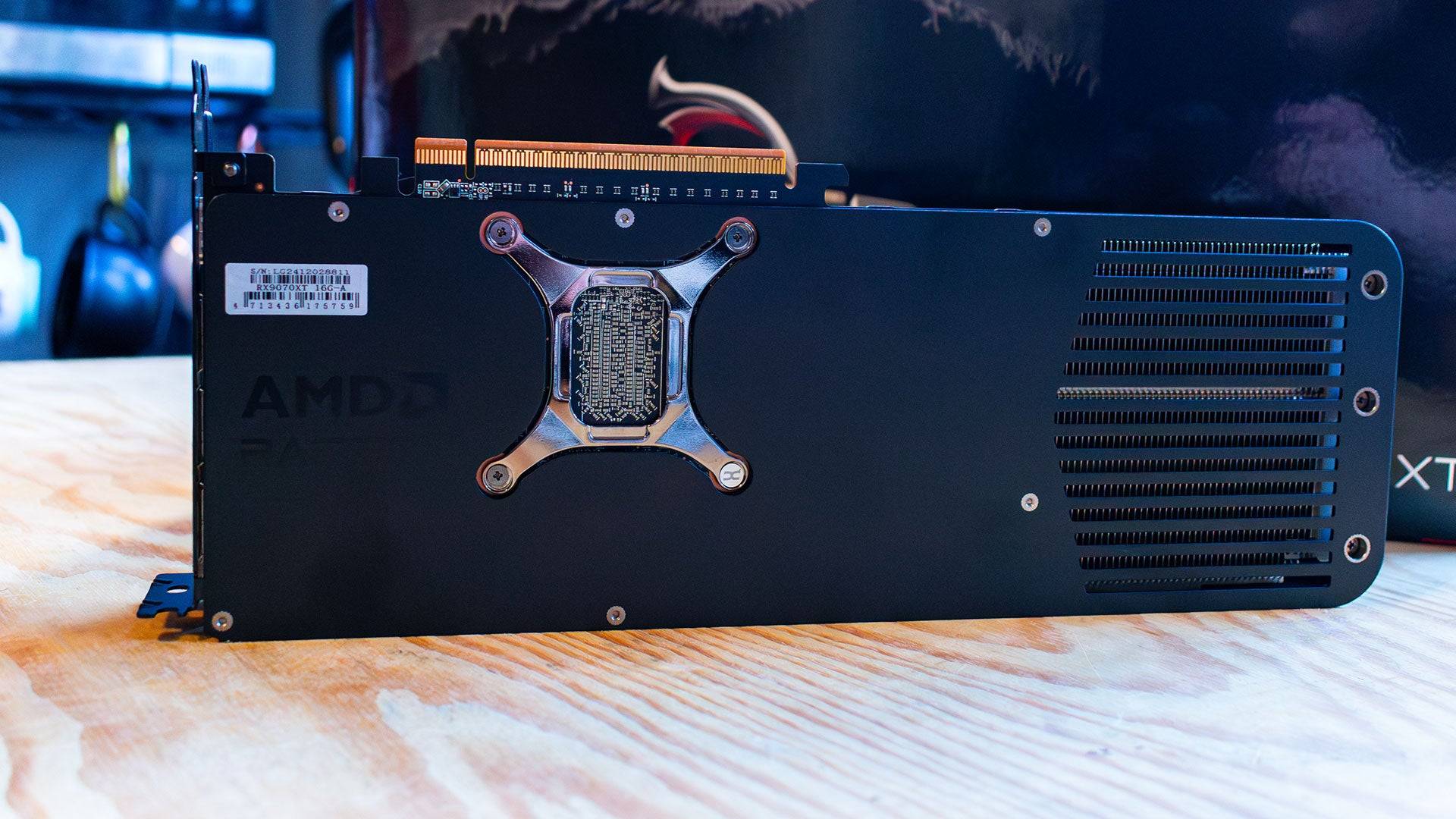
Built on the RDNA 4 architecture, the Radeon RX 9070 XT boasts improved shader cores, but the standout features are the new RT and AI Accelerators. These accelerators power FidelityFX Super Resolution 4 (FSR 4), AMD's first AI upscaling technology. While FSR 4 doesn't always boost framerates compared to FSR 3.1, it significantly enhances image quality and accuracy. Conveniently, Adrenalin software allows users to disable FSR 4 if framerate is prioritized.
Beyond AI upscaling, AMD has significantly improved shader core performance. Despite having 64 Compute Units (compared to the 7900 XT's 84), the 9070 XT delivers a substantial generational leap at a lower price point. Each Compute Unit features 64 Streaming Multiprocessors (SMs), totaling 4096, along with 64 ray accelerators and 128 AI accelerators.
The RX 9070 XT has 16GB GDDR6 memory on a 256-bit bus (compared to the 7900 XT's 20GB on a 320-bit bus). This reduction in memory capacity and bandwidth is noticeable, but generally sufficient for most 4K gaming. The continued use of GDDR6, however, represents a missed opportunity for improvement.
While the new architecture is more efficient, the 9070 XT's power consumption is slightly higher than the 7900 XT (304W vs 300W), although testing showed the 7900 XT actually consumed more power in real-world use. This power budget is typical for modern graphics cards, making cooling manageable. Unlike previous generations, AMD isn't releasing a reference design; third-party manufacturers handle production. My review unit, the Powercolor Radeon RX 9070 XT Reaper, maintained a temperature of 72°C during testing despite its compact triple-fan design.
The Radeon RX 9070 XT uses two standard 8-pin PCI-E power connectors, simplifying upgrades for most users with a 700W power supply. Connectivity includes three DisplayPort 2.1a and one HDMI 2.1b ports; the absence of a USB-C port is a minor drawback.

AMD's FSR has lacked the image quality of Nvidia's DLSS. The RX 9070 XT addresses this with AI-powered FSR 4. Similar to DLSS, FSR 4 uses AI accelerators to upscale lower-resolution images, resulting in improved image quality over FSR 3.1's temporal upscaling. This improvement comes at a performance cost; testing showed a 10-20% performance decrease in various games, depending on the title and settings. However, the option to disable FSR 4 remains, making it a user-adjustable feature.
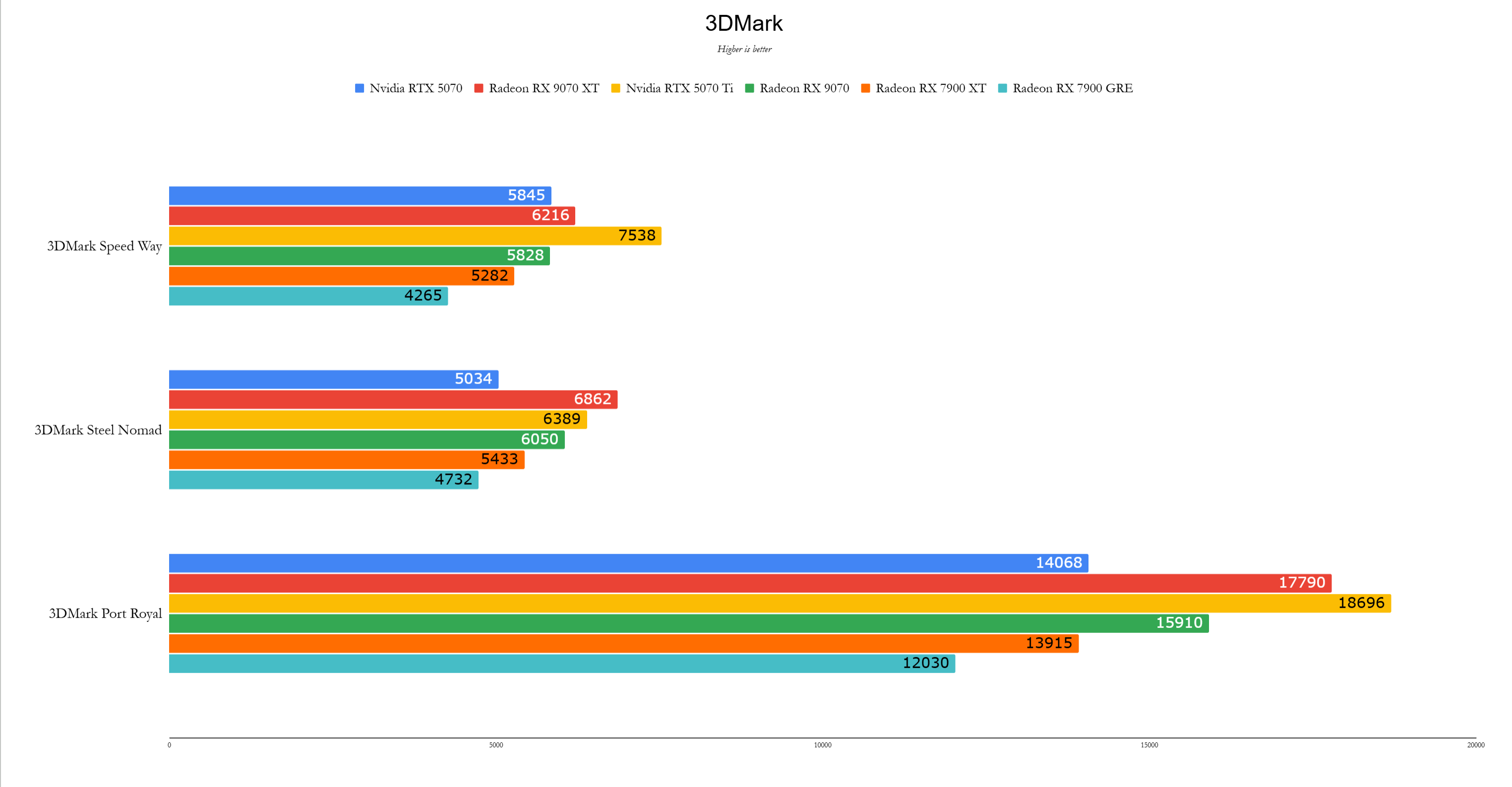
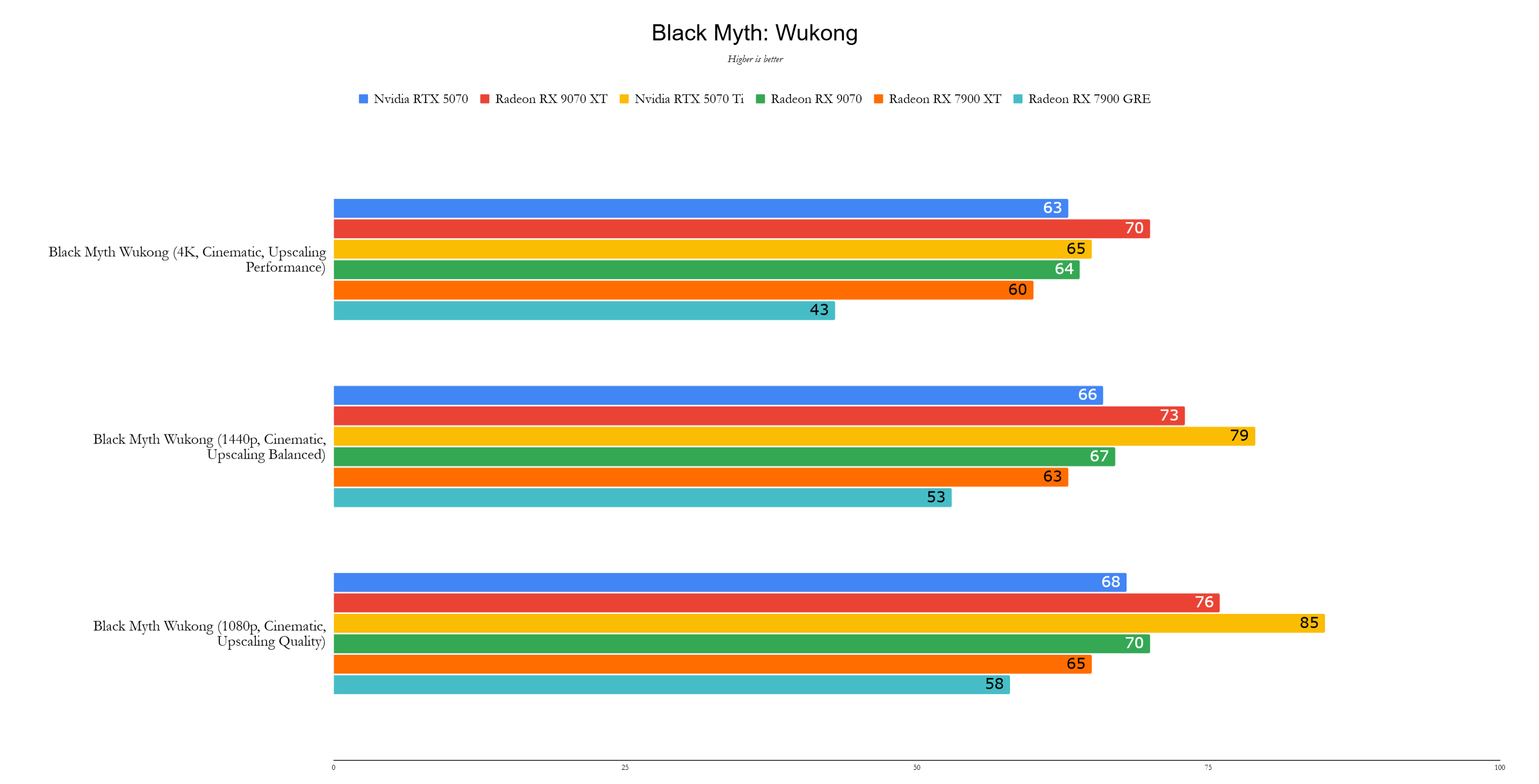
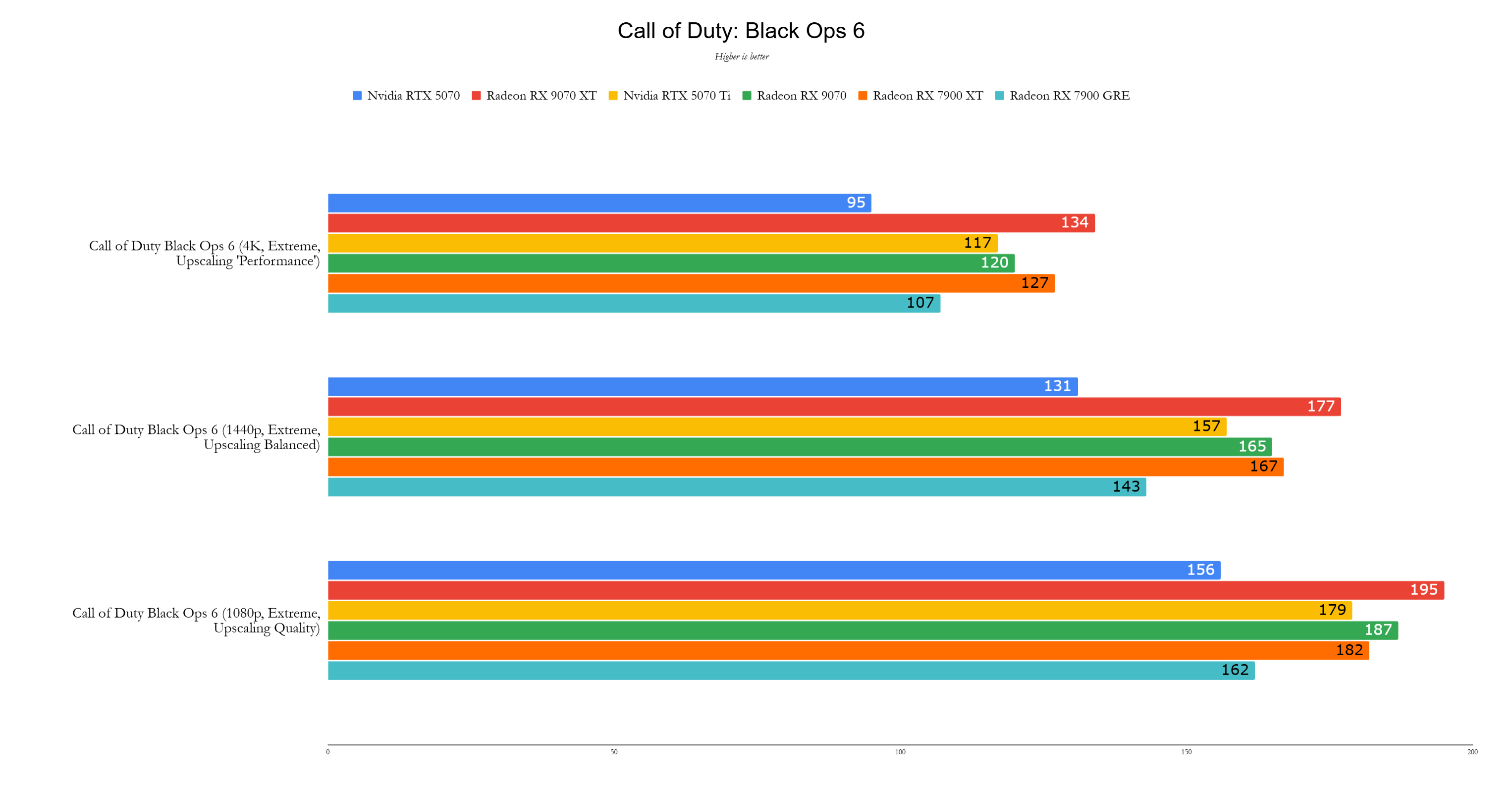



The Radeon RX 9070 XT delivers impressive performance. At $599, it undercuts the RTX 5070 Ti by 21% while offering comparable speed in most benchmarks. Testing showed a 17% performance increase over the RX 7900 XT and a 2% advantage over the RTX 5070 Ti. Its strength is particularly evident in 4K gaming, even with ray tracing enabled.
Benchmarks were conducted using the latest drivers (Nvidia Game Ready Driver 572.60, except for the RTX 5070 which used review drivers; AMD Adrenalin 24.12.1, except for the RX 9070 XT and RX 9070 which used pre-release drivers). Results varied across different games, showcasing strengths and weaknesses in specific titles. The RX 9070 XT demonstrated significant improvements over its predecessor in many titles, often exceeding the performance of the more expensive RTX 5070 Ti.
CPU: AMD Ryzen 7 9800X3D
Motherboard: Asus ROG Crosshair X870E Hero
RAM: 32GB G.Skill Trident Z5 Neo @ 6,000MHz
SSD: 4TB Samsung 990 Pro
CPU Cooler: Asus ROG Ryujin III 360
Specific game benchmarks are detailed, highlighting performance in titles such as *Call of Duty: Black Ops 6*, *Cyberpunk 2077*, *Metro Exodus*, *Red Dead Redemption 2*, *Total War: Warhammer 3*, *Assassin's Creed Mirage*, *Black Myth Wukong*, and *Forza Horizon 5*. These results demonstrate the RX 9070 XT's competitive performance across a range of titles and settings.
The Radeon RX 9070 XT's release felt strategic, countering Nvidia's Blackwell cards. At $599, it offers a compelling value proposition, avoiding the overkill and excessive cost of the RTX 5080 and 5090. It represents a welcome return to a more reasonable flagship graphics card, offering high-end performance without the premium price tag.
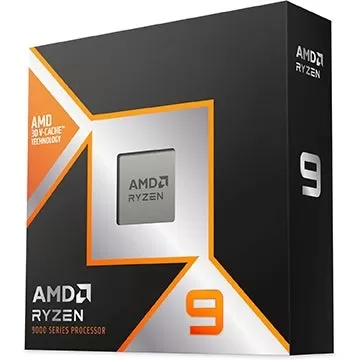
AMD Zen 5 Gaming CPUs Restocked: 9950X3D, 9900X3D, 9800X3D Available Now
If you're considering upgrading to AMD, now is an excellent time to do so. Earlier this year, AMD introduced the Ryzen 7 9800X3D, and now, they've released two high-end Ryzen 9 models in the Zen 5 "X3D" lineup: the 9950X3D, priced at $699, and the 9900X3D, available for $599. These processors are co
Apr 02,2025
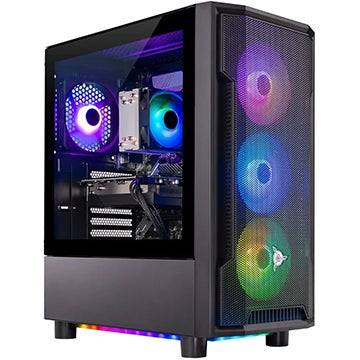
Where to Buy AMD Radeon RX 9070 and 9070 XT Prebuilt Gaming PCs for as Low as $1350
AMD's new Radeon RX 9070 and RX 9070 XT graphics cards are finally here, but like their Nvidia counterparts, they're proving elusive at retail prices. Don't despair, though! You can still snag these powerful GPUs in pre-built gaming PCs at reasonable prices.The Radeon RX 9070 series represents a ne
Mar 16,2025
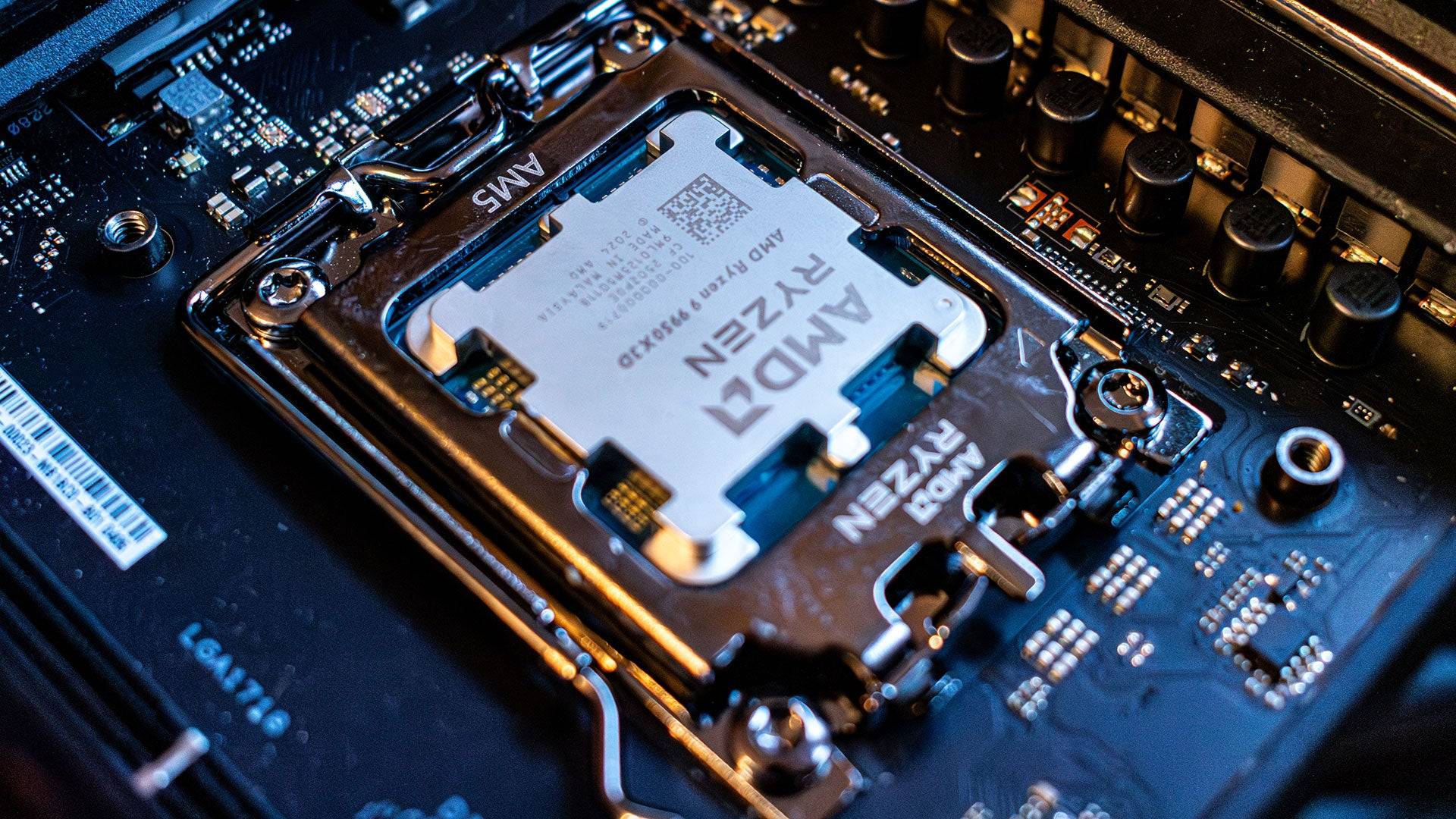
AMD Ryzen 9 9950X3D Review
The AMD Ryzen 9 9950X3D, hot on the heels of its Ryzen 7 9800X3D sibling, brings 3D V-Cache technology to a 16-core, 32-thread powerhouse. While undeniably overkill for most gamers, it effortlessly handles even the most demanding graphics cards like the Nvidia RTX 5090 and beyond. However, this imm
Mar 14,2025
Forsaken Characters Ranked: Tier List Update 2025
How to Use Cheats in Balatro (Debug Menu Guide)
State of Play Reveals Exciting Updates: PlayStation February 2025 Showcase
Infinity Nikki – All Working Redeem Codes January 2025
Roblox: Obtain Secret Codes for January 2025 (Updated)
Pokémon GO Raids in January 2025
Wuthering Waves: Redeem Codes for January 2025 Released!
LEGO Ninjago Sets Top the Charts (2025)

Die Again
Download
Bus Simulator 3D - Bus Games
Download
Michael Myers Halloween Trivia
Download
Woozworld - Virtual World
Download
Blackjack Legends: 21 Online Multiplayer Casino
Download
SUPERSTAR THE BOYZ
Download
Killer Bean Unleashed
Download
Setting: Kujira Sister
Download
Kpop Piano Star
Download